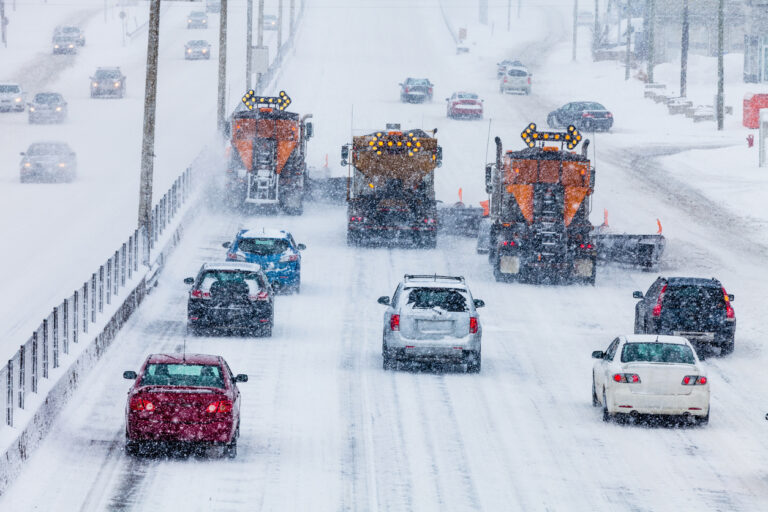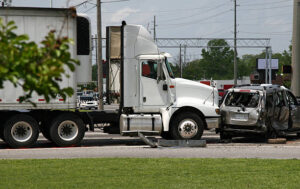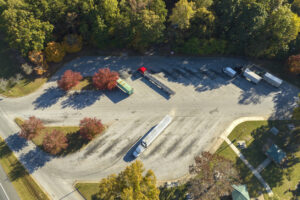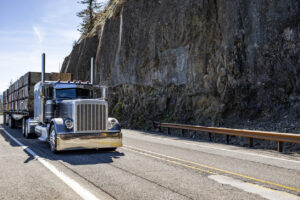CHEYENNE, Wyo. — The Wyoming Department of Transportation has seen a plow strike in each of its five districts already this winter, with four strikes occurring since the Christmas holiday alone.
According to a press release, WYDOT plow drivers want to issue 10 reminders ahead of what is typically Wyoming’s snowiest months:
1. Give plows room to work.
Snow plows are huge machines capable of moving tons of snow every minute. Like all vehicles, plows have blind spots; for safety, avoid following too closely.
2. Avoid passing a plow truck when it’s plowing snow.
The safest driving surface is at least four car lengths behind the plow. If you must pass, don’t pass into the snow being moved. WYDOT uses wing plows to help clear highway emergency lanes/shoulders, and they can be hard to see. Avoid passing until visibility is clear.
3. Snow plows typically plow and sand roads at speeds below the posted speed limit.
Plows often operate at speeds of 45 mph or less, depending on road conditions, including snow levels, drifting and ice. Plows work in small sections at a time and regularly pull out of traffic to turn around or replenish salt/sand. Please drive patiently.
4. Don’t try to “beat the gate.”
WYDOT plow operators and Wyoming Highway Patrol Troopers often have to close road closure gates by hand. Drivers speeding to try to beat the gate before it closes pose a great risk to highway workers. Conditions ahead warranted closing the road in the first place; it’s not worth racing the gate.
5. Watch for tow plows.
Some parts of the state use tow plows, which are large pieces of equipment that help operators plow both driving and passing lanes simultaneously. Avoid passing until it is safe to do so.
6. The plow truck often creates a snow cloud when working.
Keep a close watch, as plows can often stir up their own whiteout conditions, and the flashing lights may not be visible. Wait for visibility to improve before passing, especially on two-lane highways.
7. Different storms and temperatures require different methods to fight snow and ice.
WYDOT trucks spread sand, anti-icing and de-icing chemicals each storm as needed and as temperatures allow. Salt is ineffective in sub-zero temperatures and strong winds. WYDOT most commonly uses a salt-sand mixture. Avoid following too closely when materials are being applied.
8. Even after roads are plowed and treated, slippery conditions can persist.
Be especially careful in areas such as intersections, on-/off-ramps, bridges and shady areas. These areas may be wet during the day and icy at night. Blowing and drifting snow can also create slick driving conditions for drivers, including slush, ice and drifted snow.
9. Be patient with road conditions and road-plowing efforts.
Remember that road conditions, even on treated roads, can change. Avoid using cruise control and drive according to conditions. WYDOT follows a snow plow priority plan, so be patient if a plow hasn’t passed your area yet.
10. Know before you go.
It’s wise to do some homework before heading for work or driving to an out-of-town appointment. You can monitor WYDOT road conditions at www.wyoroad.info or call 1-888-WYOROAD. WYDOT’s 511 Notify program sends road alerts via text message or email on routes the user identifies. Go to www.wyoroad.info and choose the 511 Notify icon to set up your account.








